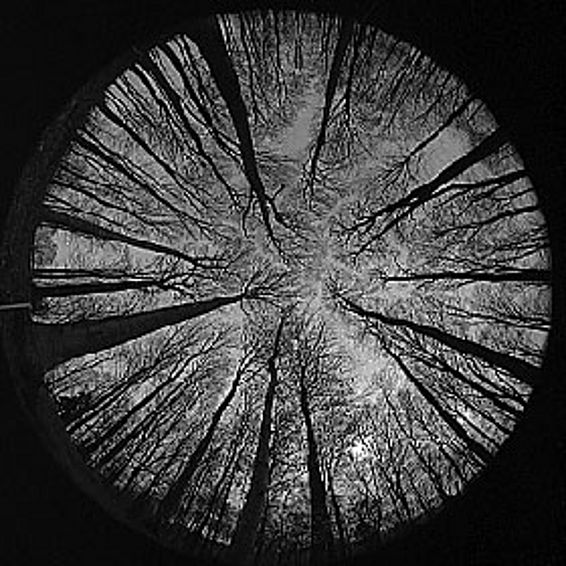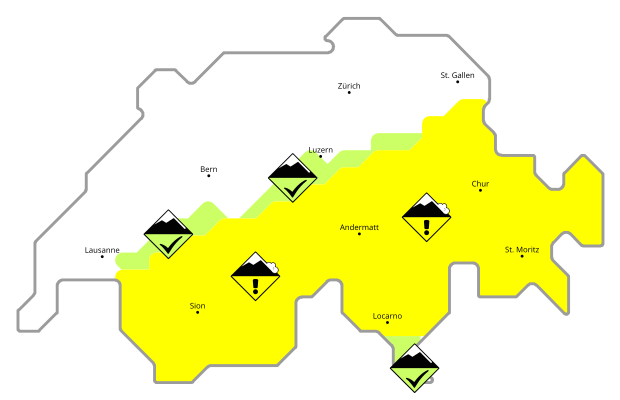Nitrogen and ground vegetation
1996 - 2035
Inhaltsverzeichnis
What is the role of anthropogenic and natural factors?
The project aims at discriminating the various factors which may influence the spatial and temporal dynamics of ground vegetation. Emphasis is being given to the role of nitrogen.

Ground vegetation is a powerful bio-indicator of the environment. As such it has been widely used to characterize forest types. More recently, it has been used to detect changes in the environment which may be ascribed to human activities (air pollution and in particular nitrogen deposition, climate change). The advantage of such vegetation studies lies in their lower cost in comparison with the measurement of the causal factors (e.g. air chemistry) or the response factors (e.g. soil chemistry). However, the results of vegetation studies are difficult to interpret. Ground vegetation often reflects a combination of ecological factors rather than a single one, or it may react identically to different factors. This is especially the case for vegetation changes indicating enhanced nitrogen availability.
Methods
The project uses the data from vegetation surveys carried out on the LWF sites in the project "Biogeochemical cycling and ground vegetation". The vegetation is surveyed at three levels:
- Establishment of the complete list of the vascular plants and byophytes present within the whole LWF plot.
- Assessment of the vegetation (tree, shrub, herb and moss layer) on three concentric circular plots (30 m2, 200 m2 and 500 m2) using the Braun-Blanquet scale.
- Detailed assessment of the vegetation on 16 permanent quadrats (1 m2), estimating the percentage cover of each species.
The vegetation surveys are carried out every 2 to 8 years, in summer and, for sites with a distinct vernal flora, also in spring (last vegetation surveys: 2011). The data on soil, nutrient fluxes, climate, stand history collected in the other LWF projects contribute to the interpretation of the spatial and temporal dynamics of ground vegetation. In addition to these measurements, potential light conditions are assessed with hemispherical photographs of the canopy above the permanent quadrats. The Leaf Area Index (LAI) is derived from these same hemispherical photographs and is also estimated using an LAI-2000 Plant Canopy Analyzer (Li-cor, Inc., Lincoln, NE).
Links
- International Co-operative Programme on Assessment and Monitoring of Air Pollution Effects on Forests (ICP Forests)
- Hemisfer
Publications
Maurer S., 2011. Bodenvegetation und Lichtverhältnisse: Veränderungen über fünfzehn Jahre auf den Langfristigen Waldökosystem-Forschungs-Flächen der Schweiz. Zürich, ETH, Semesterarbeit im 6. Semester.
